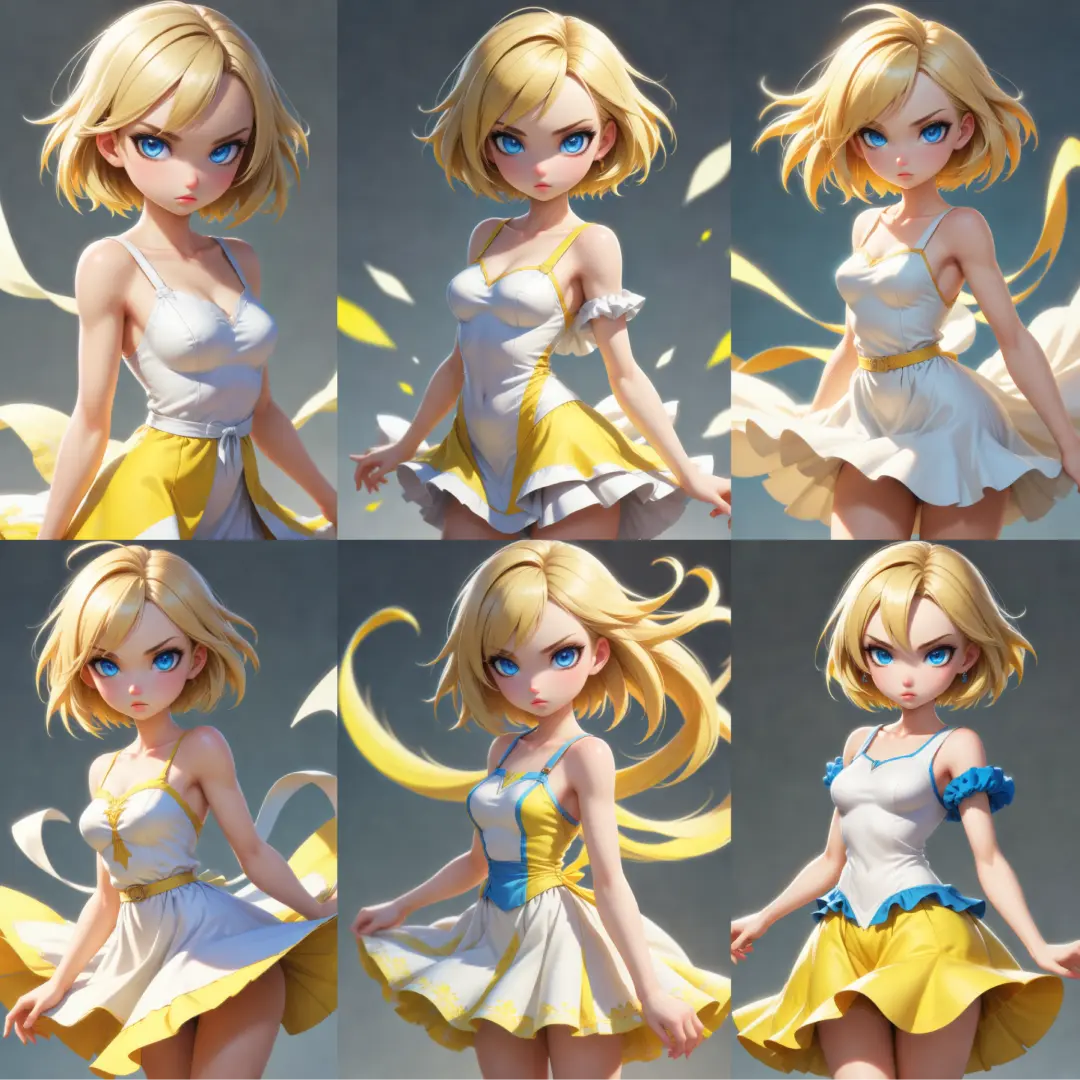ComfyUI Node: BiSeNet Mask
BiSeNetMask
Categoryfacetools
dchatel (Account age: 4820days) Extension
comfyui_facetools Latest Updated
2025-03-25 Github Stars
0.11K
How to Install comfyui_facetools
Install this extension via the ComfyUI Manager by searching for comfyui_facetools- 1. Click the Manager button in the main menu
- 2. Select Custom Nodes Manager button
- 3. Enter comfyui_facetools in the search bar
Visit ComfyUI Online for ready-to-use ComfyUI environment
- Free trial available
- 16GB VRAM to 80GB VRAM GPU machines
- 400+ preloaded models/nodes
- Freedom to upload custom models/nodes
- 200+ ready-to-run workflows
- 100% private workspace with up to 200GB storage
- Dedicated Support
BiSeNet Mask Description
Generate precise facial segmentation masks using BiSeNet model for AI artists to isolate and edit facial features with high precision.
BiSeNet Mask:
The BiSeNetMask node is designed to generate precise facial segmentation masks using the BiSeNet (Bilateral Segmentation Network) model. This node is particularly useful for AI artists who need to isolate specific facial features for further processing or artistic manipulation. By leveraging the power of deep learning, BiSeNetMask can accurately identify and segment various parts of the face, such as the eyes, nose, mouth, and more. This capability allows for detailed and targeted edits, making it an invaluable tool for tasks that require high precision in facial feature extraction. The node operates by taking an input image, processing it through the BiSeNet model, and outputting a mask that highlights the desired facial regions. This process is efficient and effective, providing high-quality results that can significantly enhance your creative projects.
BiSeNet Mask Input Parameters:
mask
This parameter represents the input image that you want to process. The image should be in a format that the BiSeNet model can interpret, typically a tensor with dimensions corresponding to the image's height, width, and color channels. The mask is used as the base for generating the segmentation mask, and its quality directly impacts the accuracy of the output. Ensure that the input image is clear and well-defined to achieve the best results.
value
This parameter is a floating-point value that sets the threshold for the mask generation process. It determines the sensitivity of the segmentation, with a default value of 0.5. The value can range from 0.0 to 1.0, where lower values make the mask more inclusive, capturing more details, while higher values make it more exclusive, focusing on the most prominent features. Adjusting this parameter allows you to fine-tune the mask to suit your specific needs.
BiSeNet Mask Output Parameters:
mask
The output parameter is the generated segmentation mask, which is a tensor highlighting the identified facial features. This mask can be used for various purposes, such as isolating specific parts of the face for further editing, creating artistic effects, or feeding into other nodes for additional processing. The mask provides a clear and precise delineation of the facial regions, making it a powerful tool for detailed and targeted image manipulation.
BiSeNet Mask Usage Tips:
- Ensure that the input image is of high quality and well-lit to improve the accuracy of the segmentation mask.
- Experiment with the
valueparameter to find the optimal threshold for your specific use case. Lower values capture more details, while higher values focus on prominent features. - Use the generated mask in combination with other nodes to achieve complex and creative effects, such as blending, compositing, or applying filters to specific facial regions.
BiSeNet Mask Common Errors and Solutions:
"CUDA out of memory"
- Explanation: This error occurs when the GPU does not have enough memory to process the input image.
- Solution: Reduce the size of the input image or close other applications that may be using GPU resources to free up memory.
"Invalid input tensor dimensions"
- Explanation: This error indicates that the input image tensor does not have the correct dimensions.
- Solution: Ensure that the input image tensor has the correct dimensions, typically (batch_size, channels, height, width).
"Model file not found"
- Explanation: This error occurs when the BiSeNet model file is not found in the specified directory.
- Solution: Verify that the model file is located in the correct directory and that the path is correctly specified in the code.
"Segmentation mask generation failed"
- Explanation: This error indicates a failure in the mask generation process, possibly due to an invalid input image or model issue.
- Solution: Check the input image for any anomalies and ensure that the BiSeNet model is correctly loaded and initialized.
BiSeNet Mask Related Nodes
RunComfy is the premier ComfyUI platform, offering ComfyUI online environment and services, along with ComfyUI workflows featuring stunning visuals. RunComfy also provides AI Models, enabling artists to harness the latest AI tools to create incredible art.



